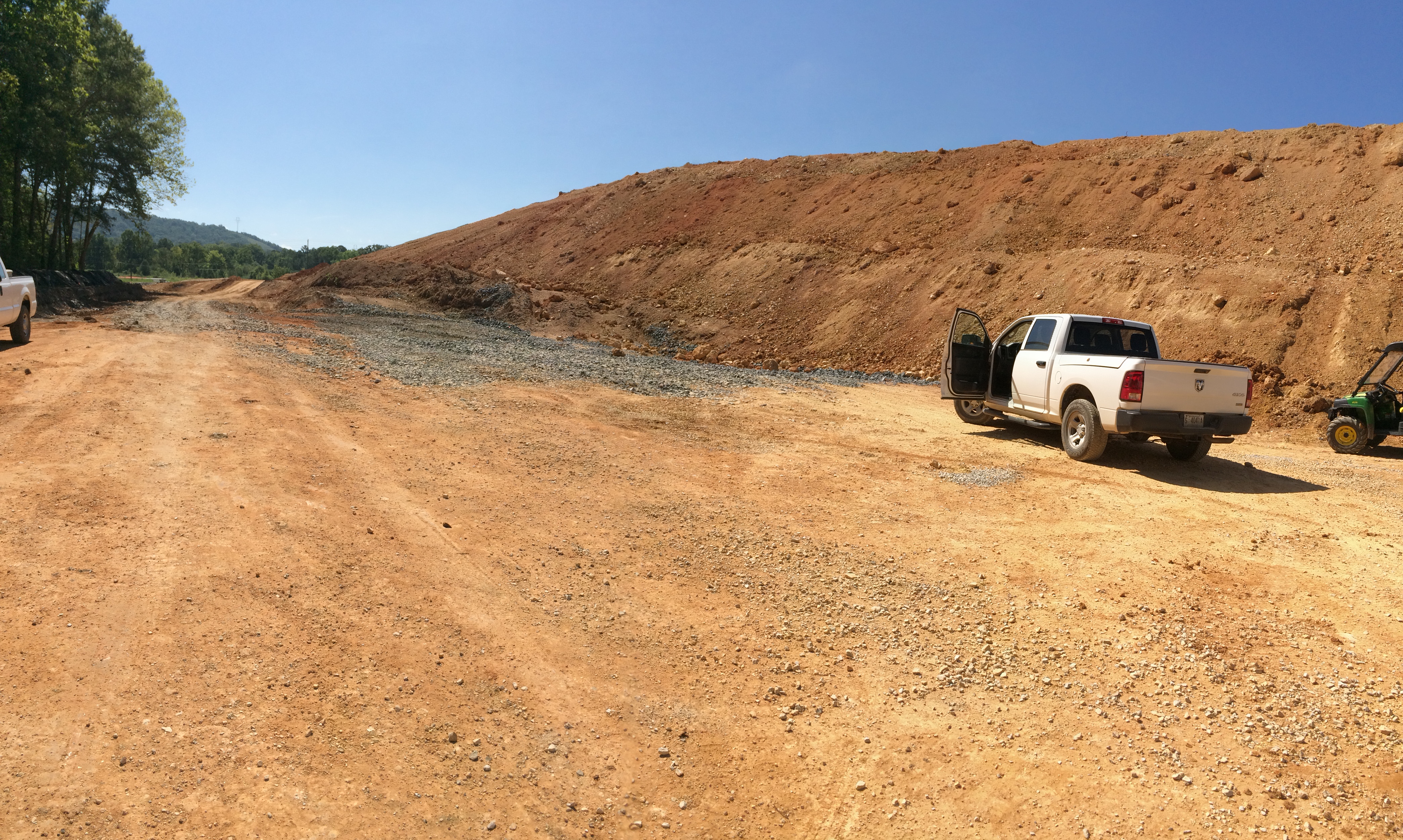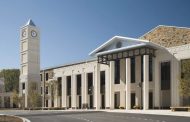By Gary Lloyd
TRUSSVILLE — On Oct. 27, work to enhance the Cahaba River began in Trussville.
The city of Trussville hired North Carolina-based North State Environmental to enhance a stretch of the river from Cherokee Drive to the Civitan Bridge at Civitan Park.
Trussville Mayor Gene Melton has called it “a big undertaking.”
The purpose of the project is to improve water quality, habitat and stream stability of the Cahaba River, and provide a demonstration of urban natural channel design stream enhancement and stormwater management.
“This is very specialized work and we went through an extensive pre-qualification process to ensure we had contractors onboard that had a long history of successfully completing this type of work,” said LBYD’s Curtis Eatman. “North State specializes in this type of construction and has completed similar projects all over the country. This is the same contractor and design team that performed a similar project on Shades Creek for Samford University in this same timeframe of 2010-2011.”
According to the project overview, provided by LBYD, the project engineer, the section of the river being enhanced was “unhealthy and continuing to degrade.”
“The city had for years been consulting with the (U.S. Army Corps of Engineers) on what could be done to stabilize the eroding banks and protect Civitan Park,” the overview states.
With the completion of Husky Parkway and the construction of Hewitt-Trussville Stadium near Hewitt-Trussville High School, a tributary stream to the river was required to be piped. The subject stream fell under the jurisdiction of the Corps of Engineers, and piping of the stream required that stream mitigation credits be obtained to compensate for the impacts. This provided a “unique” opportunity for Trussville, according to the overview.
The city chose this project, able to satisfy the mitigation credit requirements and have a long-term positive impact on the health of a “substantial section of the Cahaba River.” Here’s the scope of work for the nearly 3,100 linear feet of the river from the Civitan Bridge to Cherokee Drive:
- Clearing and grubbing of approximately 2.7 acres of vegetation
- Construction of a new channel section with low bank erosion potential by creating bankfull benches and laying back stream banks
- Installation of in-stream structures including boulder cross vanes, log j-hooks and boulder j-hooks. These will aid in bank protection by reducing velocities and scour potential along the banks while increasing velocities in the center of the channel to maintain and enhance sediment transport.
- Installation of biodegradable erosion control matting along the reconstructed banks and newly created benches
- Removal of non-native invasive plant species
- Riparian buffer re-vegetation will consist of native species planted in zones moving from edge of water up to bankfull bench and out to the existing park floodplain.
Eatman said earth moving, log and boulder vane construction, and finishing grading operations are anticipated to finish before Christmas, depending on the weather. Eatman said the permanent erosion control matting and temporary seeding for stabilization will move along with the finish grading operation and should be complete around the same time.
The permanent re-vegetation effort, he said, will be scheduled in a couple weeks once progress is seen. It will likely happen soon after Jan. 1, 2015, he said.
“If the weather cooperates and we can get it in earlier, we will certainly do so,” he said.
According to the overview, monitoring of the restoration site and associated reporting to the Corps of Engineers will be conducted annually for no fewer than five years “to demonstrate that performance standards have been met.”

Bank erosion and sediment deposition as well as invasive plant species downstream of Cherokee Bridge
photo courtesy of LBYD
Beth Stewart of the Cahaba River Society said she’s glad Trussville applied funds for restoration of the Cahaba River.
“Cahaba River Society was given the opportunity to review the project plans in advance, and we are staying in communication with the project team,” Stewart said. “While the short-term impact is messy, unfortunately requires some tree removal, and must be managed very carefully, we think this project in the longer term can return this stretch of the river to a more natural state. This project aims to stabilize the banks, reduce mud pollution from in-stream erosion, and improve the habitat quality of the river for freshwater wildlife.”
Stewart said the stormwater codes and practices for new development in Trussville, as well as its downstream and upstream neighbors, must be addressed, as they’re “the root cause of the river’s erosion.” Low-impact development needs to become standard practice so that water is getting into the ground and recharging the groundwater, Stewart said.
“That is the only way to ensure this project is successful long term and to keep other sections of the river healthy, so there is not a need for more of this kind of costly and impactful repair in the future.”
Stewart said that from what the society sees in the field, the removal of trees “has been limited to what’s necessary.” She said laying the banks back to a gentler slope, removing invasive plant species like privet and kudzu, and re-stabilizing the banks with native plants will help the river become more natural.
Stewart anticipates bumps along the way to the project’s completion, and she said it will take “real vigilance on the part of the city long term to make sure that it’s re-planted well and that the privet doesn’t end up taking over,” but the outlook is positive.
“Hopefully this stretch of the river will become less of a source of sediment pollution,” Stewart said. “Hopefully it will become naturalized and have a chance to become beautiful again, more accessible because of the low banks and also a better wildlife habitat.”
Contact Gary Lloyd at news@trussvilletribune.com and follow him on Twitter @GaryALloyd.







